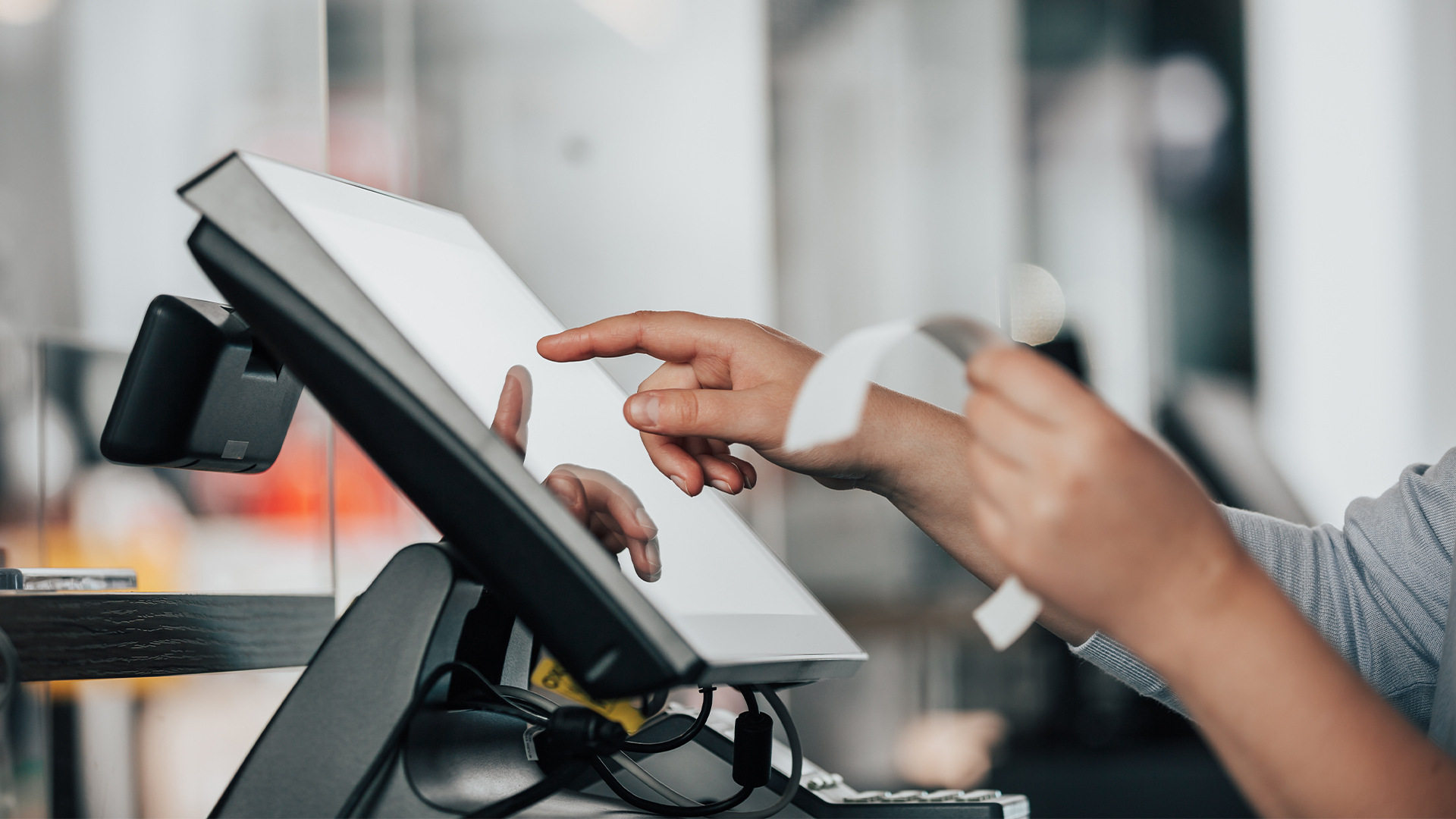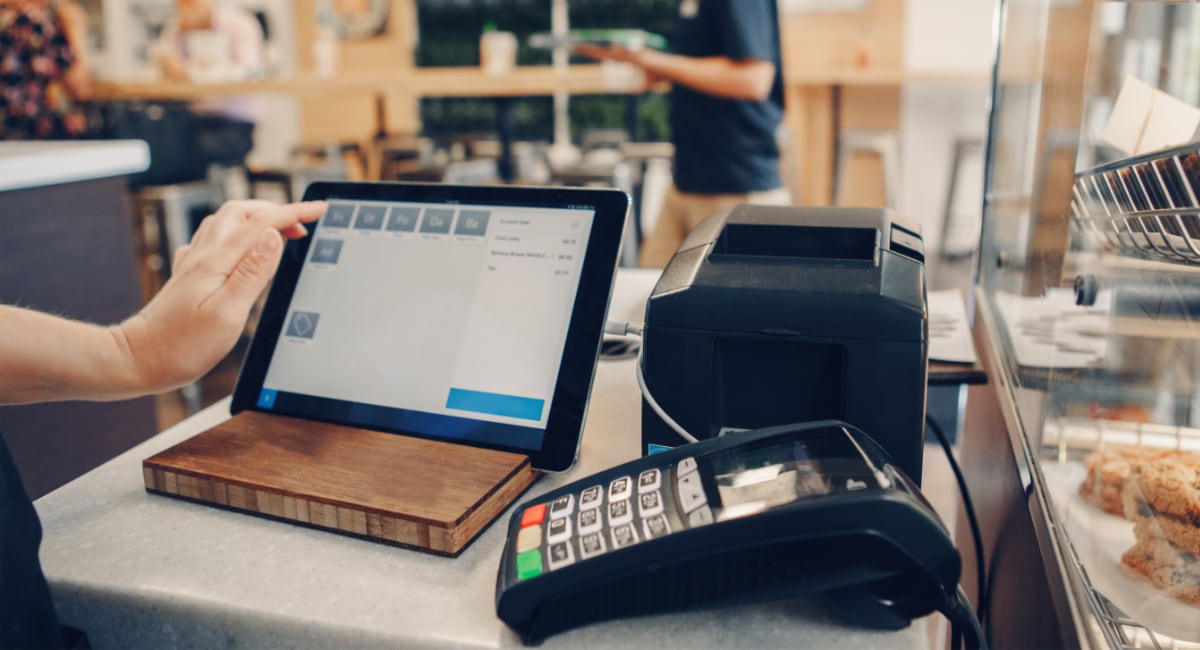Avoiding Stockouts: How POS Helps Retailers

Stockouts are one of the most frustrating challenges retailers face. They lead to missed sales opportunities, customer dissatisfaction, and damage to brand reputation. For a customer, walking into a store or clicking on a product online only to find it out of stock can be disappointing enough to push them toward a competitor. Fortunately, modern Point of Sale (POS) systems offer powerful tools to help businesses avoid these situations altogether.
In this blog, we’ll explore how POS systems play a key role in preventing stockouts and keeping shelves full, customers happy, and revenue flowing.
What Are Stockouts?
A stockout occurs when an item is unavailable for sale due to depleted inventory. This can happen in physical retail stores, online shops, or any combination of the two. According to industry research, stockouts can lead to 21% of consumers abandoning their shopping trips altogether or switching to another retailer.
The reasons behind stockouts include poor inventory management, inaccurate sales forecasting, slow reordering processes, or lack of real-time data. That’s where a modern POS system steps in.
Real-Time Inventory Tracking
A modern POS system tracks inventory in real time. Every time a sale is made, the inventory count is automatically updated. This eliminates the need for manual stock-taking and reduces the chances of human error.
With real-time inventory tracking, retailers can:
- See exactly how many units of each product are available.
- Set low-stock alerts to reorder before running out.
- Track which products are moving fast and which are stagnant.
This kind of visibility empowers store managers and business owners to make smarter stocking decisions.
Automated Reordering
One of the most valuable features of a POS system is automated reordering. Retailers can set reorder thresholds for each product. When the inventory hits that threshold, the system either sends an alert or automatically places a restock order with the supplier.
This automation helps retailers:
- Ensure shelves are always stocked with bestsellers.
- Prevent overstocking slow-moving items.
- Reduce the time spent manually monitoring inventory.
By reducing the guesswork, POS systems allow for a smoother and more efficient supply chain process.
Accurate Sales Forecasting
Advanced POS systems collect and analyze sales data over time. This data is useful for predicting future demand based on seasonality, trends, and consumer behavior.
For example, if your POS data shows that sunscreen sells quickly during April and May, you can stock up in advance. Likewise, you’ll be prepared for sales spikes during holidays, promotions, or local events.
Accurate forecasting means you’re less likely to be caught off guard by sudden increases in demand.
Integration with Suppliers
Many POS systems now integrate directly with supplier systems, making reordering seamless. This creates a fully connected supply chain where orders, deliveries, and inventory levels are automatically synced.
With supplier integration, retailers can:
- Get real-time delivery updates.
- Track order fulfillment status.
- Automatically adjust orders based on stock needs.
This eliminates delays in restocking and ensures that your inventory replenishment is timely and efficient.
Centralized Management for Multi-Store Retailers
For businesses with multiple locations, stockouts in one store can be covered by transferring inventory from another location. POS systems allow centralized management where all stores’ inventory is visible in one dashboard.
This functionality helps managers:
- Reallocate stock based on regional demand.
- Identify which locations need urgent restocking.
- Avoid missed sales even if one location is low on stock.
Conclusion
Stockouts not only affect immediate sales but also damage long-term customer loyalty. Investing in a robust POS system helps eliminate the root causes of stock shortages by offering real-time tracking, smart forecasting, and automation.
With the right POS solution, retailers gain full control over their inventory and ensure they always have the right products at the right time. The result? More sales, happier customers, and a healthier bottom line.






